Among the countless secrets held by the Amazon rainforest, few are as intriguing as curare. This plant-based compound, carefully prepared and passed down through generations by Indigenous peoples, is one of the most remarkable examples of ancestral wisdom applied to survival in nature. Far beyond being a mere poison, curare represents a fusion of botany, culture, hunting, and science. Today, its legacy echoes not only through forest trails but also in the operating rooms of modern medicine.
What Is Curare?
Curare is a generic name given to various highly toxic plant extracts traditionally used as arrow and dart poison by Indigenous groups of the Amazon. Its paralyzing effect is fast and powerful, making it ideal for hunting. When it enters the bloodstream of a targeted animal, curare blocks the nerve impulses that control muscles, leading to immobilization without causing immediate pain.
The main active compounds in curare are alkaloids called tubocurarine and curarine, which interfere with the communication between nerves and muscles. This causes flaccid paralysis, rendering the skeletal muscles useless—including the diaphragm—which can lead to death by asphyxiation in high doses.
The Botany of Curare
Several plant species are used in the preparation of curare, most notably from the Chondrodendron and Strychnos genera. The most well-known is Chondrodendron tomentosum, a vine typical of the Amazon rainforest. Its leaves and roots contain a significant concentration of alkaloids, especially tubocurarine.
Each ethnic group has its own knowledge regarding which plant species to use and how to combine them. In some formulations, additional plants are included to intensify the poison’s effect or prolong its duration. Choosing the right plants and knowing the correct proportions are oral traditions, highlighting the cultural and empirical value of this knowledge.
The Artisanal Preparation of Curare
Curare preparation is a delicate and time-consuming process involving collection, boiling, and concentration of active compounds. The traditional method consists of crushing plant parts—primarily roots and bark—then boiling them for several hours in large containers until a thick, dark liquid is formed.
This liquid is carefully filtered to remove plant debris and then simmered to further concentrate it. The result is a dense extract applied to the tips of arrows or blow darts, usually stored in bamboo or gourd containers sealed with beeswax. Handling requires extreme caution, as contact with open wounds can be lethal.
It’s important to note that although curare is deadly in the bloodstream, it is not effective when ingested. For this reason, animals hunted with poisoned darts are considered safe to eat once properly cooked—a common practice among forest dwellers.
Indigenous Hunting and the Use of Curare
Curare is a clear example of how Indigenous peoples have adapted environmental knowledge to meet survival needs. Using blowguns and small arrows, they can bring down agile prey like monkeys, birds, and small rodents without damaging the meat or engaging in long chases.
Hunting with curare requires skill and an understanding of vital points—such as the chest or neck—to ensure rapid absorption of the poison. This method reduces the animal’s suffering and allows the hunter to conserve energy and time, both essential resources in forest life.
Moreover, the use of curare is often surrounded by rituals and cultural practices, reinforcing community bonds and a deep respect for the forest as a source of sustenance and spirituality.
Scientific Rediscovery: Curare in Modern Medicine
Curare’s transition from the forest to the surgical ward began in the 19th century, when European explorers and scientists brought samples back for study. Fascinated by its paralyzing effects, pharmacologists began investigating its use in medical procedures.
A major breakthrough came in the 1940s, during World War II, when anesthesiologists started using purified curare derivatives as muscle relaxants during surgery. d-Tubocurarine, one of the isolated alkaloids, became one of the first neuromuscular blocking agents used in general anesthesia.
This substance allowed doctors to relax the patient’s muscles completely without relying on large doses of anesthetic, making surgeries safer and more effective. Over time, synthetic versions were developed for better control, but curare’s original compound remains the foundation for many drugs still used today in intensive care units and operating rooms.
Ancestral Knowledge and Science: A Possible Alliance
The case of curare is a remarkable example of the intersection between traditional knowledge and modern science. Though derived from Indigenous practices, its therapeutic value was only fully recognized after laboratory studies and clinical applications. This raises important reflections on how ancestral wisdom can contribute to scientific innovation when approached with respect and seriousness.
Unfortunately, such knowledge is often marginalized or appropriated without giving proper credit to the Indigenous communities. Ethical practices in the use of traditional knowledge—and the recognition of the people who preserve it—must be central topics in current scientific research.
With the growing appreciation for biodiversity and plant-based medicine, curare stands as a symbol of the immeasurable potential held within tropical forests—and of how much we still have to learn from those who have lived in harmony with them for millennia.





